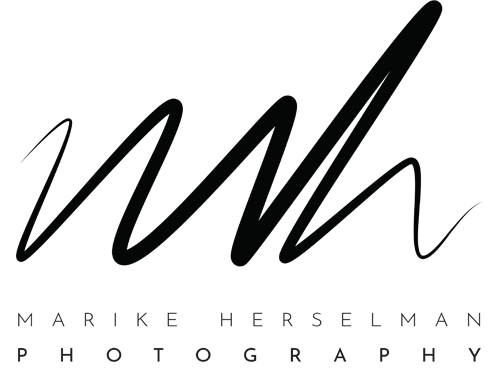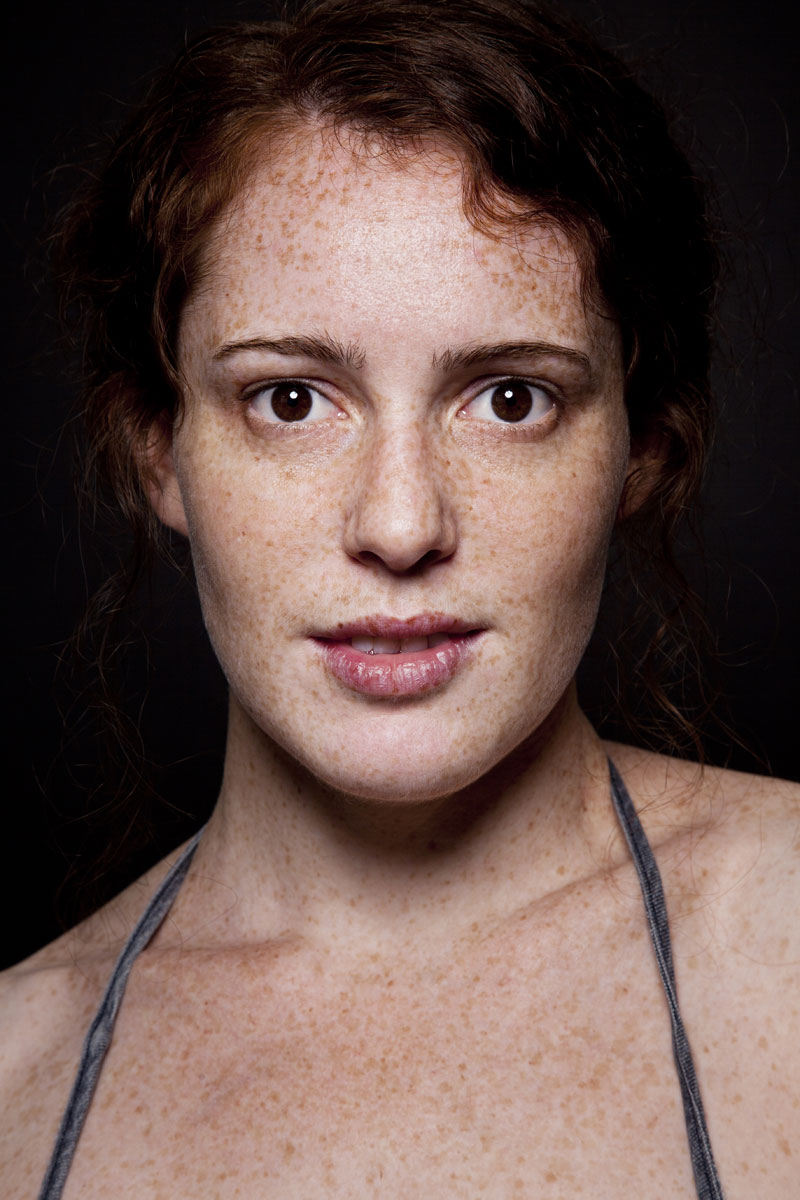Psychology of the portrait
As a portrait photographer I continuously get into the situation where I meet clients that either hate photographs of themselves or dread getting their photograph taking because they are "un-photogenic" or "always look horrible in pictures". Often when I show them quickly on the camera what I think is a great shot, they shy away from what they believe is a "terrible shot". Why do we have this idea, why can we not face a picture of ourselves? I decided to explore what happens in the brain to explain this.
The Magnificent Brain
We know from perceptual science, a lot of what we perceive the world to be is pulled from memory. If you look at a logo, you glance at it, but you know what it looks like something gets pulled out of memory and that what you see. The brain can understand an image in milliseconds and make decisions on that information in under a second. As the brain gets introduced to a situation, millions of neurons are firing to process and analyze the given raw material. Interestingly the brain finds shortcuts to process quicker, quicker is better than perfect. This is where the brain starts using previous experience and memory to make sense of the massive amount of information it receives every minute.
Mirror Mirror on the wall...
Now let's think of ourselves, how do we perceive ourselves, what is the map, where do we draw our information? It's the mirror…and what do you see in the mirror? You! An exact image of you… but in reverse. You have a very unique view as only you see yourself like this. Now we know that everyone is asymmetrical. Thus every picture that you see of yourself differs from what you have in memory.
We can say that you suffer from uncanny valley. This, in aesthetics refers to the feeling of eeriness or revulsion when presented with a human replica that appears to be human but not exactly. Examples can be found in robotics, 3d animation and lifelike dolls among others. Think of the wax figures at Madame Tussauds or the super realism of the movie Final Fantasy.
Now the theory is that when we see a picture of ourselves it almost have the same effect, it looks almost right, but not quite. Subconsciously we pick up on the little asymmetries that don't match what we're used to and so we dislike the image.
Emotional lateralization and left gaze bias
So each side of our face looks different but we also need to take emotional lateralization into consideration. This is the asymmetrical representation of emotional control and processing in the brain. A variety of scientific studies have shown asymmetrical activations when thinking of emotions, viewing emotional situations etc. and production of facial expressions appear to be asymmetric as well. Although this is very interesting, these are theories and is still being studied.
Interesting study that I found last month was about experiments on dogs and how they read emotions of humans. Then I came across the concept of the left gaze bias. While viewing faces, an adult human often demonstrates a natural gaze towards the left. So the right side of the person they're interacting with will often be inspected first and for longer periods. So just quickly the interesting bit is that dogs demonstrates the same left gaze, but only when presented with a human face and not to dog faces. So taking into consideration that our emotions are express asymmetrical and we tend to look at the right side of someone face more often if you're presented with an invert of that face, things gets interesting…
A study was conducted in the 1970s by researchers Theodore Mita, Marschall Dermer and Jeffrey Knight, where they asked participants to choose between two images of themselves, one of their actual face and the other a mirror image. They were also shown images of friends and family, real and mirror. In these studies they found people having a preference over a mirror image of themselves and the real image of their friend. Showing that they're actually not familiar with the real image of themselves.
Now you can test this with images of yourself and your friends. See which ones you prefer and which ones your family and friends prefer. You might notice that what you prefer will differ from them, so maybe consider trusting them next time as they know what you really look like!
The image of SELF...
But we're not only looking at the way the brain processes the raw material but also a view of ourselves. A study by Amber Story in 1998 has shown that our ability to remember feedback depends on whether that feedback is congruent with our own self-esteem. Also a study by Nicholas Epley and Erin Whitchurch published in 2008 suggested that people recognize their own faces as being more attractive than they are. In these experiments participant's faces were made more or less attractive using a morphing procedure. Such enhancement bias was correlated with implicit measures of self-worth but not with explicit measures, consistent with this variety of the enhancement being a relative automatic rather than deliberative process.
So just quickly to take the populatity of the selfie into consideration. It is basically the same as the mirror, creates a reverse image of you, that can be controlled according to your spesifications. That's why we love it! It captures the exact same thing as you'll find in the mirror. A photograph that is controlled by you at close proximity.
What I have noticed in my work is that people who tend to see themselves in photographs more often are much more comfortable with being confronted with the inverse of what they're used to. They brain is a fantastic thing and in a way it can be trained to accept and appreciate both version of YOU.





